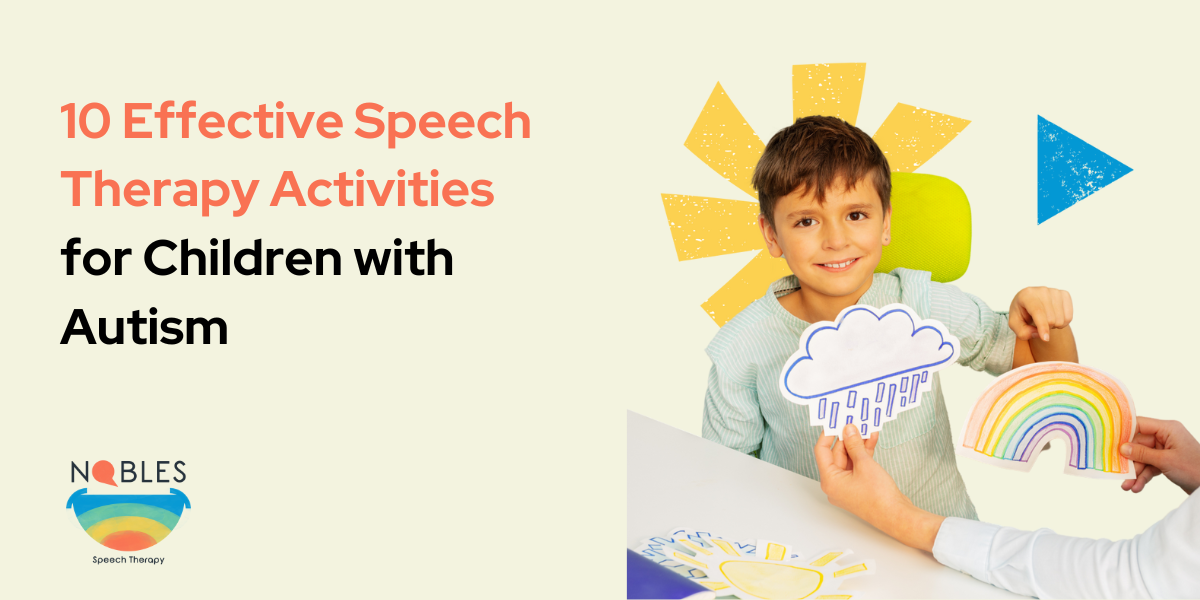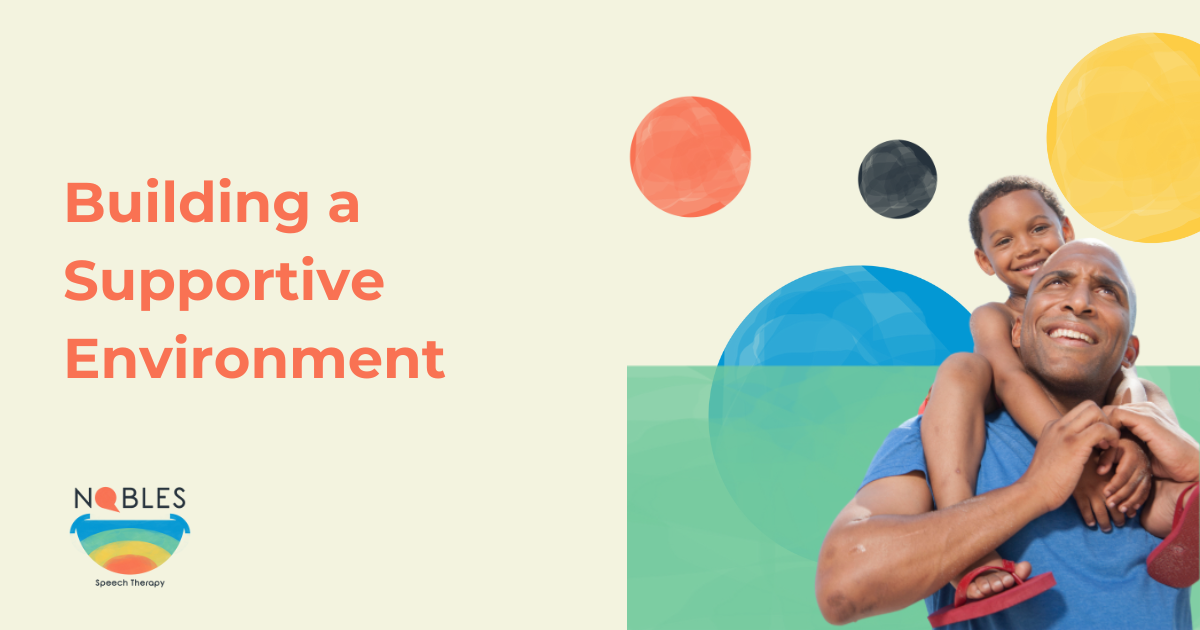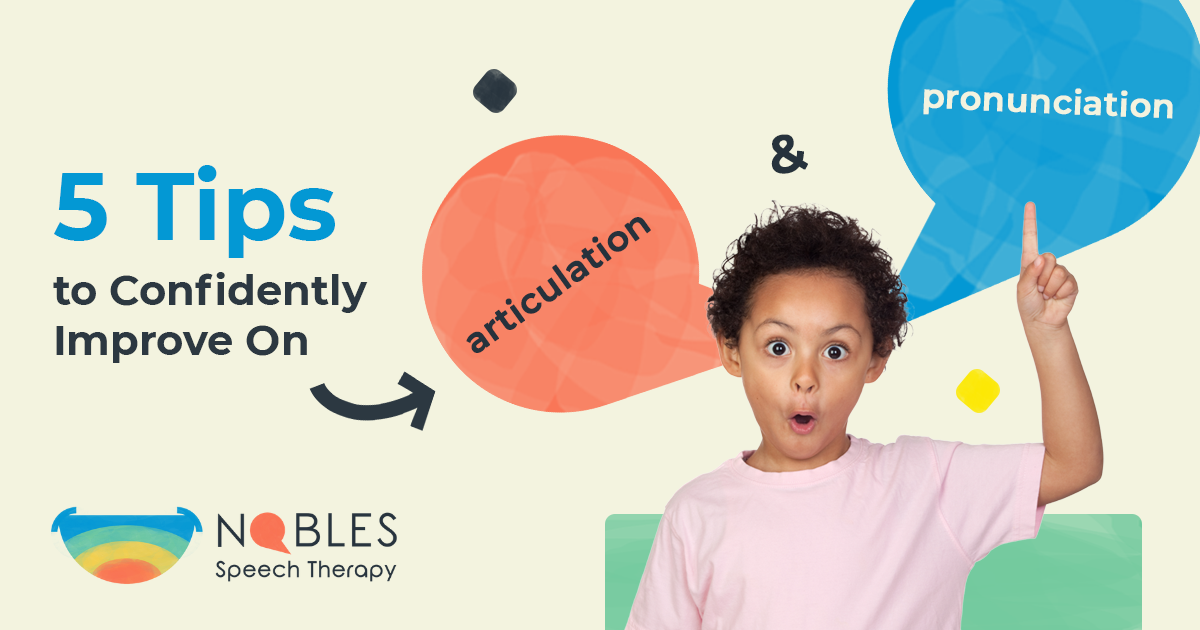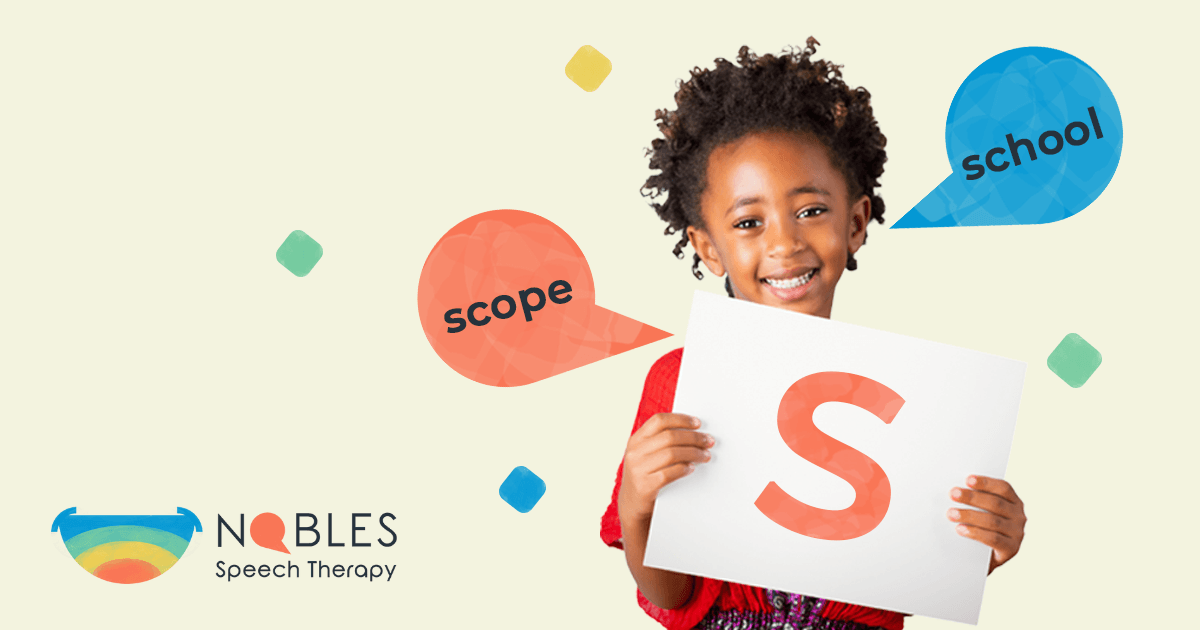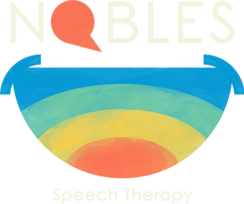Share This Page:
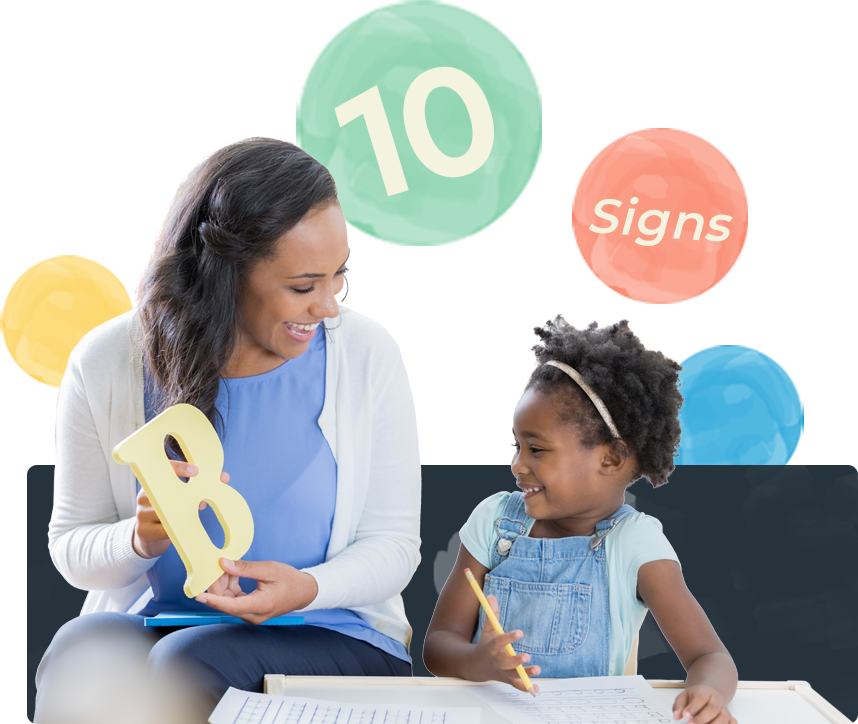
All children develop differently based on their unique make-up. However, there are certain milestones that your child should reach by certain ages. For instance, by the age of one or two, your child should be able to speak with short sentences, and by four or five, they should be able to hold more advanced conversations.
It can be a scary situation for parents who witness a lack of speech development in their children. Fortunately, speech therapy for kids is an excellent way for your child to develop conversational skills, understand social cues, and help improve their overall quality of life at home and school. If you feel your child is struggling with a speech disorder and want to help them succeed, it's essential to contact a
speech-language pathologist for help.
Below Are Ten Signs That Indicate Your Child Might Need Help From a Speech-Language Pathologist.

1. Not Responding to His or Her Name
Perhaps one of the earliest signs that your child might be suffering from a development issue is not being able to respond to their own name. Studies show that these children are more likely to be diagnosed with an autism spectrum disorder or ASD. However, this issue might also indicate a problem with hearing or issues with receptive language skills.
A
child speech-language pathologist will be able to refer you to the appropriate medical professionals who can help treat your child's ASD while also providing therapy to help improve your child’s speech and communication skills.

2. Stuttering
Even if your child is speaking in complete sentences, some children might develop what is known as a stutter. This is a condition where they repeat the first letter of a word and have trouble articulating sentences. For instance, "c-c-c-cat" instead of simply saying "cat."
Stuttering can go away on its own before the age of five. However, in children over the age of five that have a worsening stutter, or in children with severe stutters, it's best to get the help of a speech and language pathologist.

3. Failing to Follow Directions
Children should be able to follow simple directions, such as "pick up the toy" or "drink water." However, if you notice your child staring at you blankly, not understanding your commands, or continually disregarding them, it might be more than just a behavioral issue.
They might need help from a speech therapist who can help them improve their receptive language skills.

4. Omitting Syllables
Leaving out certain syllables in words can signify a phonological process disorder. This is a
disorder in which children have trouble pronouncing certain words or sounds and continue to make the same "mistakes" when speaking. A speech-language pathologist will determine the extent of a child's phonological process disorder and provide treatment such as
prompt speech therapy to improve their ability to pronounce syllables and more complex vocabulary.

5. A Cleft Lip/Palate
If your child was born with a cleft lip or palate and has since had it corrected, they might still require speech therapy. Children born with this condition might have issues making certain sounds and speaking clearly, or even have physical problems such as eating correctly.
They will need help from a speech-language pathologist, who will provide support for disorders such as velopharyngeal insufficiency. This disorder affects the soft palate of the mouth and makes it difficult for your child to say certain sounds containing the letter "m" and n." A speech-language pathologist will determine if therapy can correct this issue or if your child needs more intensive levels of treatment such as surgery.

6. Refusing to Speak
If your child becomes shy in social situations or becomes selectively mute, this is a serious disorder known as selective mutism (SM). This disorder can be characterized by a child refusing to speak in certain situations, speaking in a low whisper, or using non-verbal cues such as pointing or grunting. Due to the complexity of selective mutism, it's crucial parents get the help of a speech-language pediatric pathologist, who can determine whether a child's selective mutism is due to behavioral issues, social anxiety, or even trauma.
Fortunately, there are effective treatments for selective mutism based on behavioral approaches and cognitive-behavioral therapy. A speech-language pathologist can help administer these unique treatments for your child.

7. Indistinct Speaking
By age four, you should be able to understand at least partly what your child is saying. For instance, even a stranger should understand the conversation your child is trying to have with them. Not understanding what your child is trying to say by age four is typically not a good sign and should be investigated by a speech-language pathologist.

8. Using Only One-Word Sentences
If your child does not use sentences or remember more advanced vocabulary, this could be a sign of
Developmental Expressive Language Disorder. Although this is a common disorder in school-aged children, it should be addressed by a child speech pathologist.

9. Uses the Same Word for Different Things
It's common for very young children to use the same word to refer to many objects, such as "ball," for any type of toy. However, continually referring to different things using the same word should not persist past 12 months. A speech-language pathologist can help expand your child's vocabulary and help increase their ability to express themselves.

10. Changes Consonant Sounds
If your child consistently changes the sounds of words, such as "tat" with "cat," this could signify an issue in developmental language. It's essential to address this to prevent your child from continuously mispronouncing words, impacting their ability to communicate with other children and teachers, and affecting their school performance.
Want to Learn More?
It's normal for children to develop communication skills at different rates. However, if you're concerned that your child is showing any of these signs, it could be time for an assessment by a speech language expert. Early intervention can help your child's development and maximize their learning and communication skills.
Share This Page:
What Does a Speech-Language Pathologist Do?
Speech-language pathologists, or SLPs, are experts trained in communication that can help toddlers, children and adults with a range of communication issues. These include problems with speech sounds, language, social communication, and issues with swallowing. Both children and adults can be affected by these issues, impeding their ability to communicate effectively. An SLP is trained in providing therapy to improve symptoms of these disorders.
How Does an SLP Treat Language Disorders?
The most common treatment for language disorders is speech therapy. An SLP might play and interact with your child during speech therapy, modeling different sounds and syllables to show your child the correct pronunciation. They might also develop exercises to be done at home that can improve your child's ability to communicate.
How Long Will Speech Therapy Last?
Speech therapy treatments typically last about 30 minutes with your child. Correcting an articulation difference will usually take about 15 to 20 hours or 30 to 40 treatment sessions. However, your child's speech-language pathologist will determine whether more or less treatment is needed or if your child needs to be referred to a specialist such as a neurologist.



